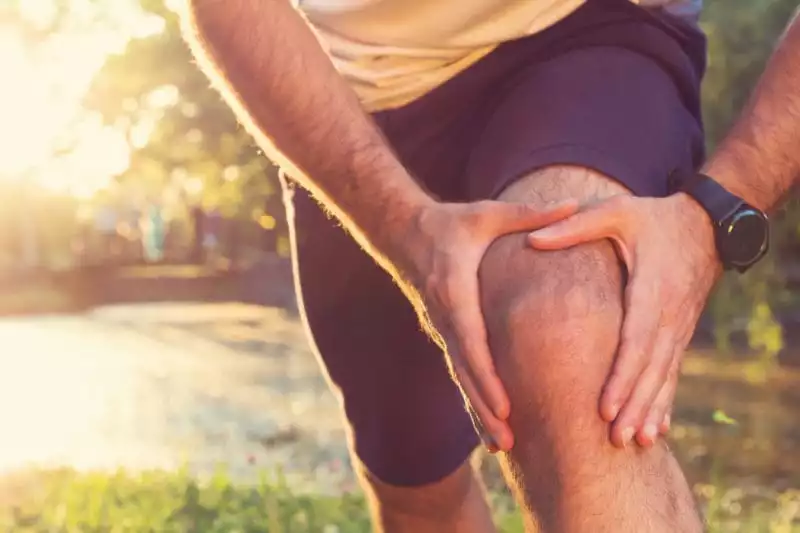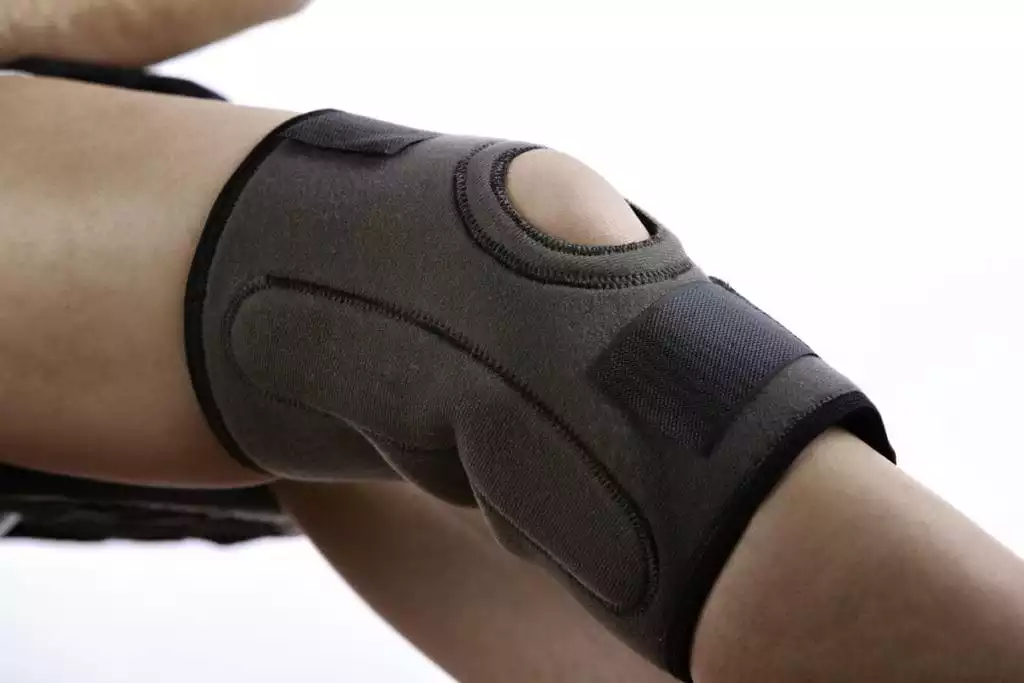
The human knee is one of the most-commonly cited areas of pain and discomfort, especially for aging adults. When you consider just how much use and action your knees get every day, it’s not really surprising!
Whether this is your first instance of knee pain or you’ve struggled with chronic pain for years, knowing how to treat it at home can provide you with much-needed relief. Here are a few important things to know when treating knee pain at home.
Ice or Heat: Which One Should You Use?
If you’re like many people, you can never remember if you should ice an injury or add heat. To increase the confusion, there are often times when both treatments are appropriate — but they’re almost never useful at the same times.
The most important rule you need to remember is to use ice for acute pain and injuries, and heat for long-term chronic issues. If you experience a flare, or if you injure your knee, use ice for the first 24 to 48 hours. Never put heat on a fresh injury.
Ice can also be useful when patients experience swelling and pain from a knee injury or chronic condition flare. This is because the swelling and inflammation that occurs in your knee adds to your pain. Getting that swelling down to a manageable level is vitally important to your comfort, so physiotherapists often recommend ice over heat even though it qualifies as a chronic issue.
For safety reasons, always wrap the ice pack in some type covering (such as a cloth or towel). This prevents frostbite and skin irritation. As one ice pack loses its coolness, have another at the ready. Your goal is to maintain between 10 and 20 minutes of treatment at a time, with 30 to 45 minute breaks between each session. Repeat at least three times throughout the day.
Note that it’s best to use an ice pack as soon as possible after you injure your knee or when you feel knee pain coming on. Delaying may allow pain and swelling to ramp up, and that makes it more difficult to tamp down. If you catch the swelling quickly, you may even prevent it from occurring in the first place.
Finally, for best results, avoid these activities:
- drinking alcoholic beverages
- relaxing in a hot tub
- taking a hot shower
- excessive exercise
Each of these will produce additional swelling in the first few days of a flare or injury.
Rest Your Knee
When treating knee pain, rest is just as important (if not more important) than ice alone. At the first sign of pain or discomfort, cease activity and sit down. Elevate your leg and use ice. If the pain continues, try using a small pillow to elevate your leg slightly above your heart.
Your goal should be to stay off your knee as much as possible while you’re experiencing pain. As you rest the joint, make sure that it’s elevated without stretching the leg muscles. Elevation that’s too steep can strain other muscles in your leg, pelvis and back, producing spasms and pain.
If you must move around, take measures to keep the stress off your painful knee. A crutch or cane in the hand opposite your sore knee works well to redistribute pressure. Using a pair of crutches also makes it possible to keep your weight completely off your knee.
Introduce Heat Later
For the first 48 hours, stick to treating knee pain with an ice pack. Once the swelling is better — typically within 48 to 72 hours — you can use heat to prevent muscle stiffening and encourage circulation. Moist heat applied to your knee (try a moist heat pad or even a hot, damp towel) restores joint flexibility and loosens sore muscles.
Wrap It Up
Wrapping your knee with an ACE bandage or knee brace in important when treating knee pain because it will compress the underlying tissue, reducing swelling and possibly even pain, too. Most physiotherapists recommend using this knee-wrapping technique; its over-and-under style distributes pressure evenly across the leg.
It’s critical that you don’t rely on an elastic bandage or soft brace to stabilize your painful knee. These braces just aren’t rigid enough to provide protection. Doing so can increase the likelihood of further injury, and may even cause overreliance issues.
Also guard against wrapping your injured knee too tightly. Excessive pain or swelling just below the bandage is one sign that your wrap is too tight. Other red flags include:
- coolness
- numbness
- burning pain
- tingling
If you experience any of these signs, unwrap your knee and allow it to breathe for a few minutes. Then, rewrap it using a looser technique.
Massage and Exercise
Massage and exercise can benefit knee pain, but it’s important to note that you shouldn’t continue any massage or exercise that causes additional pain. That being said, gentle massage and exercise will reduce the stiffness that often accompanies knee pain.
To treat your knee, start by gently rubbing or massage the sore area. Gentle pressure on muscle knots encourages blood flow and encourages tight muscles to relax.
Gentle exercises can also increase your knee mobility and restore flexibility. Start by simply stretching out your leg, focusing on both the calf and thigh muscles. Bring your knee gently to your chest to stretch it out. Or, try a hamstring stretch; keep your sore knee stretched out against the floor and lower your body over your leg. Bend your other knee and place your foot against your inner thigh, keeping your back straight.
Avoid exercises that put added stress on this joint, including:
- dancing
- running
- aerobics
- sports like tennis or skiing
Conversely, swimming can also be a good exercise for people with knee pain.
Practice Tai Chi
If regular exercise proves too much in the wake of conditions like arthritis or chronic pain, Tai Chi may help. This is a form of exercise that focuses on aligning the mind and the body. According to a study published by Harvard, Tai Chi may even be as useful as physical therapy for chronic conditions.
In Conclusion
In most cases, treating knee pain using the methods mentioned above will effectively reduce your pain and put you on the path to healing. Although home remedies are invaluable in helping to alleviate knee pain caused by an injury, and they certainly can help you cope with a chronic condition, they aren’t always the best option for advanced issues. If you don’t see an improvement within 48 hours (or if the pain continues to worsen), consult your doctor for further treatment.

 info@burtsrx.com
info@burtsrx.com

